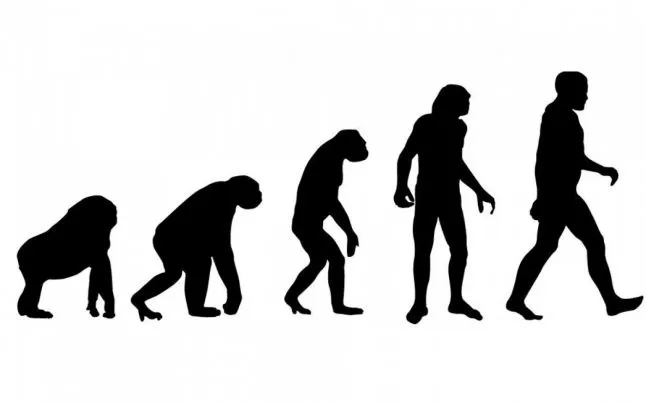
Man's emergence on Earth is still a mystery. There are various theories designed to explain the existence of human beings. The most important are religious or creative and scientific or evolutionary ones.
Man's emergence on Earth is probably one of the greatest mysteries. Over time, the origins of humanity have been concerned with scientists or theologians. The scientific theories have struck the religious ones, and man has always been at the center of a deafening struggle to claim the origins. If at the beginning of the twentieth century scientists dared to argue with theologians, disputing their origins, today the theories of the beginnings of humanity have diversified. There are, however, some theories on the origin and birth of man that underlie all others.
Man, creation of God
The first explanation of the appearance of man on Earth was of a mystical and religious nature. Since ancient times, people have explained their origins through supernatural acts of supernatural beings. With the spread of Christianity, Creationist Theory emerged. According to Christian doctrine, until Charles Darwin, the British scientist of the nineteenth century, officially humanity was the result of God's creation.
"26. And God said, Let us make man in our image and likeness, that they may possess the fish of the sea, and the fowls of the air, and the beasts of the earth, and all the beasts that are upon the earth, and all the earth. 27 And God made man in his own image ; in the likeness of God he did it; has made man and woman, "says the Bible in the Old Testament.
According to the Scriptures, the primary couple Adam and Eve were originally in the Garden of Eden, a paradise place. Only after falling into sin, in violation of the divine ban, people began to procreate and spread on earth, based on the original torso. This explanation of the appearance of man is widespread, since Christian religion is one of the most widespread religions in the world. In fact, creation, albeit different as characters and ways of creation, is common to most of the religions of the earth, which explains the appearance of man in a supernatural way.
Evolutionism or science offense
In the nineteenth century, in a time of great social transformation and the creation of new mentalities, creationism, generally acknowledged and officially unquestioned, found its rival. The one who gathered in scientific and scientific works his belief in the origin of species and man was Charles Darwin, considered the father of evolutionary theory, the son of a wealthy British physician.
More precisely, in his work of revolutionary "On the Origins of the Species" appeared in 1859. In his work, unlike the creationism that had so far explained the emergence of the Earth, man and creature, the supernatural was no longer involved. On the contrary, it was eliminated, and the origins of the creatures, including human beings, were explained on scientific grounds.
The main characteristics of Darwin's theory of the origin of the species were that all species have a common ancestor, which has diversified over time and evolved over time according to the environment but also by the challenges that have arisen, adapting differently, but also the fact that organisms deal with a natural selection that conserves or accumulates the genetic advantages of the species, and the inferior members are lost in time.
As for the human being, for Darwin it is subject to the same rigor as all other species. In 1871, Darwin published a book explicitly referring to the origin and evolution of man, called "Descent of man". In this work it clearly shows that "it is known that man is built on the same pattern as the other mammals."
Darwin argued that man originated in inferior forms and evolved from inferior primates, adapting to the environment. Darwin was not the first and not the only one to adopt and sustain a theory of evolution, different from the creationist one. Prior to Darwin was the famous Jean Baptiste de Monet Lamarck, who lived in the late eighteenth and early nineteenth centuries. This, in his work "The Zoological and Philosophical Opera" written in 1809, says that organisms evolve and are born through adaptations to the environment of different forms of life. His notoriety was his principle of showing that the neck of the giraffes extended along generations as a need to reach the high branches. According to the same theory, Lamarck considered man's origin as the primate monkey who had to think.
The origin of man between science and religion
On the basis of the two main theories of evolution and creation, over the twentieth century a number of other theories or, more precisely, improvements of the existing theories emerged. Thus, Mendel's heredity laws, unrearwinism or the synthetic theory of evolution, and punctualism that embraces the many theories emerging throughout the twentieth century, the purely scientific and derived majority, or an improvement in Darwinian evolution, can be listed. On the other hand, in the sphere of creationism a theory was born, or more specifically a current, called "intelligent design" or "intelligent construction", which attempts to explain the creation of man on scientific basis.
In any case, the origin and evolution of man remain a subject of debate especially in the scientific world. In the sphere of religion, man remains a being created, while in the world of science he is a primate, many theories being developed around his origin and evolution.
For scientists, man was born 8 million years ago, he is a relative of great monkeys and learned to walk two feet four million years ago, detaching himself from the animal kingdom.
"People are primate. Physically and genetically, similarities show that modern human species, Homo Sapiens have close relationships with another group of primates, large monkeys. People and African monkeys like chimpanzees and gorillas share a common ancestor who lived between 8 and 6 million years ago. People evolved for the first time in Africa and much of the evolution took place on that continent. The fossils of the first humans who lived 6-2 million years ago were found in Africa, "says the Smithsonian National Museum of Natural History.
Source : www.adevarul.ro
The emergence and evolution of man
The man appeared on Earth now 1.8-2 million years. Like any other living beast, the egg belongs to the immense organic world (the animal kingdom). The process of anthropogenesis began millions of years ago. 70 million years ago, the order of the primates emerged, which broke out of the mammals and diversified into several evolutionary lines, from which the Hominids emerged. Of these, the Pongides, the ancestors of today's autopoietic monkeys and the Hominids developed. From Hominide about 15 million years ago Ramapitecii detached from which 4 important branches separated 5 million years ago, one of them being the Ancestralus branch, to which the Austro-Piticians also belong.
From Austrolopiteci there are 2 branches: robust Austroopithets and omnivorous Austrolopites. Austriopathic robusti, vegetarians are represented by the type Paraantropus discovered in Africa-Kenya. In this group, Megaantropus is integrated. From this group departed 2 types of offspring: Sinantrop in China and the robust Pitecantrop of Jawa Island From the robust Pitecantropus, the Pitecantropus was right-handed and then Homo Soelensis. Sinanthrop and Pitecantrop gave birth to the Mongolian group.
Omnivorous Australopite has as a basic Australopitecus africanus type. Also here is Pleisanthropus transpalensis and Australopitecus Prometheus-the remains were discovered in the lower-layer Oldway (Africa N-E).
After the Australopite, the Archimandropes known as Homo erectus follow the vertical walk; Homo habilis - are the origin of modern humans. Homo erectus and Homo habilis were well-defined groups that had a wide spread across Asia and Africa. The Paleontropes - the group of Homo sapiens neanderthalensis - represent evolved forms that have reached the maximum of development during the Wur ice age. They used fire and had language. They had the cranial capacity of 1625 cubic centimeters. Non-homophores - homo sapiens sapiens come into direct lineage to current people. They disappeared 30000 years ago, and their disappearance coincided with the appearance of the "Cro-magnon man," which was discovered in 1868 in a shelter in Dordagne.
Man's formation did not occur at a certain point on the globe, but on a rather extensive surface, comprising the S-V of Europe, Asia Minor, S-V Asia, Africa N, North India, with a relatively warm climate. Man did not appear in a quiet area, but that period is characterized by transformations of tectonic nature (the Red Sea), volcanism processes, alpine quests. Also, the climate changes from hot to cold and at the same time the vegetal cover. From the vast area of the anthropogenesis, a slow population of all regions of our planet has unfolded. This folk at first had a nomadic character, in the most diverse geographic conditions. For millennia the main concern of man was to buy food.
In this continuing struggle for existence, against the elements of the natural environment that was less hospitable in the beginning, man expanded his living space and his living conditions became more and more varied. The numerical increase of the population meant a chance of survival. In a rather short time, the world's population has reached 6 billion inhabitants, compared to the Stone Age when the population was only 5 million.
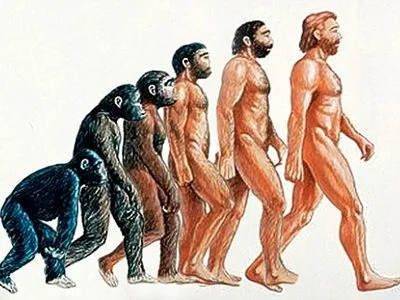
source image: www.http: //cyd.ro
Active adaptation of man to geographic conditions
The popular process of our planet demonstrates that man is the only being who has been able to adapt actively to the most diverse natural conditions, from warm to cold areas, both in high relief lands and in more or less a little hospitable. The populated geographic regions, within which human activity - productive and exchange-are developing - are called oicumene. Polar regions such as North America, N, Siberia, Deserts, Highlands and others, where productive or shifting economic activity is rare, and the way of life has basic forms of organization , are known as suboccupied zones, and unlocated are called anoicumene.
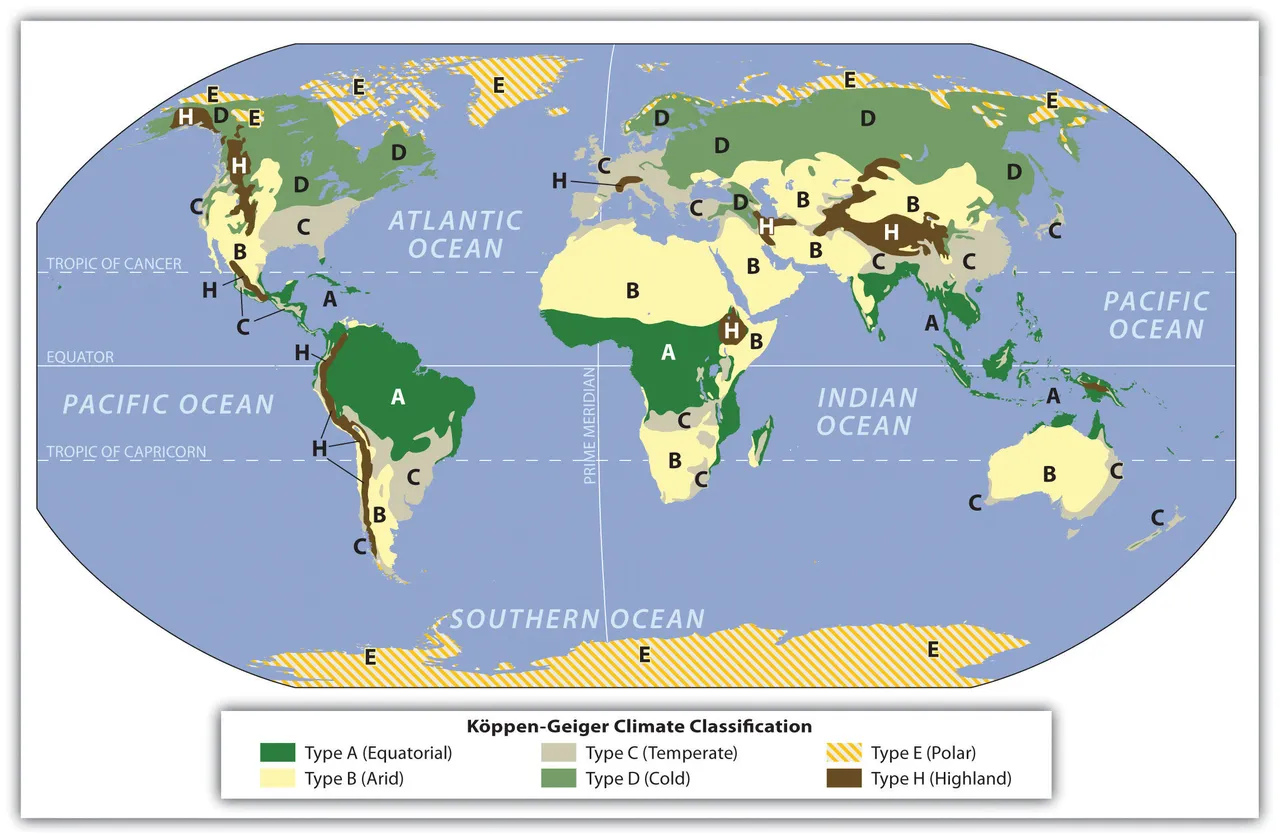
source image: http://open.lib.umn.edu
Community of psychic and physical traits
From a biological point of view, humanity is made up of a single species that is characteristic of the community of mental and physical traits more than their racial diversity. After the community of physical traits, we distinguish three major breeds: European, Mongoloid and Equatorial. When contacting these groups meets intermediate forms. The contact between the populations has generated new, complex forms, the development of which has contributed to the population movements that took place especially in the first millennium of our era and especially the movements during the period of the great geographic discoveries. In this period, Europeans are penetrating different regions of the globe, leading to a profound struggle to dominate. Sometimes the native population was exterminated, in other regions the natives came into contact with the colonizing populations or both populations developed pararel. The populations of most continents, with the exception of Europe, comprise a strong meticulous population. Thus, the mullets, cholos from the mixture of metis and Indians, appear.
Source : www.http://ro.nccmn.wikia.com
Mysteries about human evolution
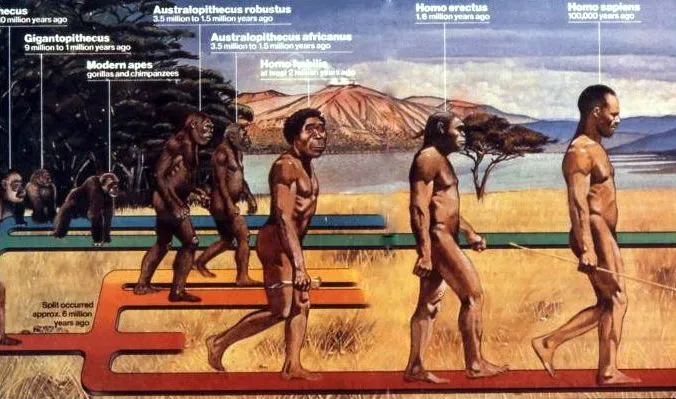
People are unique among the creatures of this planet, and there are still many mysteries about how they have evolved. What was the first step? Why have we evolved specifically in this direction and not in another? Why are we the only human species left behind? What other ways could human evolution go? And in which direction will it go further?
Why did I get such a big brain?
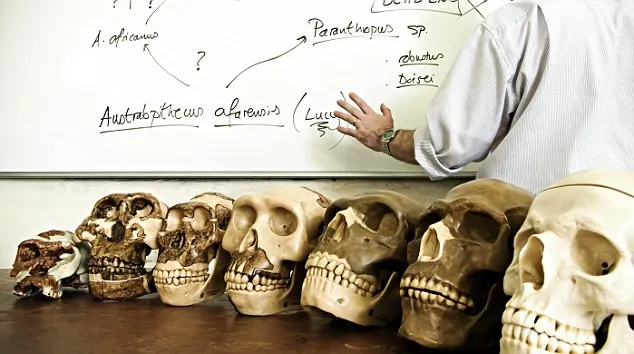
There is no doubt that our great brain has given us an extraordinary advantage in the world. However, the human brain is an incredibly expensive organ, taking only about 2 percent of the body's mass, uses one fifth of its energy.
About 2 million years ago, none of our ancestors had a larger crib than that of the monkey compared to body size. So what did it serve as a stimulus for brain growth? One reason would be to increase intelligence, which has helped our ancestors to make better tools. Another is that bigger brains have helped us to interact better with each other. Or maybe the radical changes in the environment have forced our ancestors to cope with circumstances.
Why do people walk in two legs?
Our ancestors evolved towards a bipedal vertical posture long before getting a larger brain until the first stone tools appeared. Then the question is: Why do we stand and go on two legs while our relatives on four? Biped walking allows us to use less energy than walking on four feet. The liberation of the armed arms also allowed our ancestors to transport more food. Also, the standing state would have allowed our ancestors to better control their body temperature by reducing the surface directly exposed to the sun.
What happened to our hair?
People have a unique look when they are naked compared to our hairy cousins, monkeys. So why did we evolve to such an emptiness? One suggestion is that our ancestors lost their hair to keep the body cold when they began to explore Africa's more thorny savannahs. Another aspect is that the loss of fur helped us free ourselves from parasitic infestations and diseases that we can spread. An unorthodox idea claims that human nakedness was a better adaptation of ancestors to the aquatic environment, although most aquatic mammals of approximately human size possess fur.
Why did our close relatives disappear?

Now approximately 24,000 years our species, Homo sapiens, was not the only one in the world - our closest relatives, Neanderthals (Homo neanderthalensis) were still alive. The so-called "hobbit" found in Indonesia could have been a member of the Homo genus, and it seems to have survived so far 12,000 years ago. So why did they disappear and we overcame? Would he have killed his radical infestations or changes? Or did our species exterminate them? There is valid evidence for both scenarios, but none have yet been agreed upon.
Is the evolution of man in acceleration?
Recent data suggests that man not only evolves, but also that human evolution is actually accelerating. And it began to accelerate up to a hundred times faster with the spread of agriculture. A number of scientists are challenging the strength of this evidence, saying it remains difficult to determine whether or not some genes have come to light in order to provide some benefits of adaptation.
What is a Hobbit?
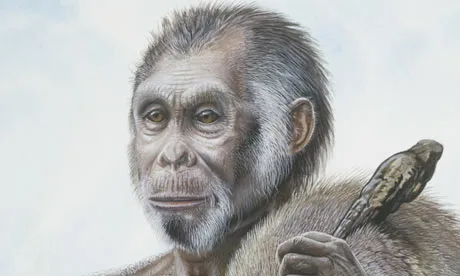
Hobbit - is a nickname given to a missing human species, the very small skeletons of which were found in 2003 on the Indonesian island of Flores.
Are there enough evidence to be called, Homo floresiensis? Are these skeletons only some copies of Homo sapiens servants? Is it a species different from ours, or maybe it's not a human species at all, and is it a separate one, like the chimps? Solving this mystery could help clarify the radical ways that human evolution can take.
Have there been sexual contacts between Homo sapeins and Neanderthals?
Have we crossed? Do our lashes hold remnants of our missing relatives? Scientists have suggested that perhaps the Neanderthals did not perish without trace, but were absorbed by modern mankind.
Who was the first hominid?
Scientists regularly discover more and more old hominids - here are the beetles, including humans. They tend to find the oldest hominid (Hominidae) - to help them answer the fundamental question of human evolution - what adaptations made by us and in what order did they appear?
Where did modern people come from?
The most vehement question debated in the discipline of human evolution is probably where modern people evolved. The hypothesis in the popular press, "Out-of-Africa," claims that modern humans have evolved relatively recently in Africa and then spread throughout the world by replacing the existing populations of archaic people (Homo sapiens archaic).
The multiregional hypothesis states that Homo erctus (the possible precursor of modern humans) has already evolved out of the African continent. Archaic people from different regions mingled with each other and as a result the modern man appeared in the world. The African hypothesis currently holds the main stance, but not to this, supporters of the multi-region hypothesis are not less and they remain faithful to their point of view.
source: www.http: //inbors.com
